Going solar can be an exciting yet complex process full of new concepts, equipment, and steps involved. If you’ve decided to install photovoltaic solar panels in your home, congratulations on choosing renewable energy! Now the question is – what exactly can you expect during the solar panel installation process from start to finish? Understanding the phases and timeline will help you plan accordingly.
Consulting and Design Phase
The journey begins when you sign a solar contract with an installer, Make sure to vet several companies thoroughly first, as this becomes a long-term partnership lasting the 25-30-year lifespan of a solar energy system. Once selected, your installer will lead an initial site evaluation of your home’s solar qualifications.
Critical assessment criteria include total rooftop or ground area available, orientation and pitch considerations, low or high-shading surroundings, and overall structural readiness for bearing panels long-term. If deemed a good fit, precise measurements are taken to feed into a custom panel layout exclusively for your property. The proposal will recommend solar panel and inverter models tailored to offset your historical electricity usage while projecting production capacity and financial savings from the system.
With a configuration now set, your installer handles coordinating any permit applications required by the city inspector before installation commences. Requirements vary from location to location, but solar permits generally analyze system design specs for compliance with building codes, electrical standards, zoning, historic preservation restrictions, and fire safety regulations.
Physical Installation Timeline
Upon the green light to proceed after permits clear, the hands-on transformation of your home to run on solar power kicks into high gear. The installation itself follows a tightly orchestrated timeline and sequence for maximum workflow efficiency:
Mounting Infrastructure Build-Out
The first week largely focuses on constructing the strong physical foundation to support the solar panel system for decades to come. Known as the mounting structure or racking system, installers first fully assemble its components either on the ground or across your roof. The style varies based on site landscape and conditions, consisting of rail-based attachments, ballasted anchors, or pole mounts. The custom-engineered system must meet the requisite wind speed, snow load capacity, and pressure requirements to reliably uphold the photovoltaic modules over the long run.
Panel Mounting and Wiring
With the sturdy base now in place, installers shift to methodically situating the solar panels themselves onto the mounting racks. Each photovoltaic module is strategically aligned at the angles and direction calculated to optimize solar energy production throughout seasonal shifts. The panels interlink securely into panel strings – wired together to form cohesive circuits that collect the sun’s power. Cabling runs overhead or underground to consolidate the DC currents to a central location.
Power Conversion System
At the point where all of the DC wires channel electricity harvested from the arrays, the critical power conversion equipment allows your home to utilize the influx of solar energy. At the heart of this setup is the inverter system that transforms the raw solar power into usable alternating current compatible with standard appliances and outlets. Other gear for monitoring, management, and safety also mounts adjacent, like smart production meters, emergency disconnects, or battery storage if included. With the entire solar system now fully installed from panels down to electronics, licensed electricians take over integrating it properly with your existing electrical setup.
Final Testing and Activation
Before wrapping up, authorities conduct a final series of checks to sign off. An initial inspection scrutinizes the grid-tied connections to local utility standards. Finally, the city inspector examines total workmanship, performance metrics, safety protocols, and more to issue an official passing grade. Assuming all technical requirements and codes are met, your solar company then finalizes the interconnection process to link with the grid. One last step includes thorough hands-on training to equip you with solar energy system operation, monitoring, maintenance best practices, and more. With the heavy lifting done, you’re ready to start soaking up the power of the sun!
Usage and Care
Once up and running, be sure to note:
Solar panels require very little ongoing maintenance thanks to having no moving parts. But do expect to reference the owner’s manuals frequently at first on usage guidelines. This includes monitoring production levels via the online dashboard, wiping panels down if excessively dirty per manufacturer guidance, clearing fallen leaves or debris periodically, and running through safety checks. As long as the monitoring platform reports smooth sailing, your system should reliably produce emissions-free solar energy for 25+ years with a high return on investment. But alert your installer to any errors that appear requiring their solar expertise to troubleshoot or identify replacement needs.
Joining the Renewable Energy Movement
With your panels now pulling in free sunlight, congratulate yourself on this eco-friendly upgrade with financial bonuses in tow! You’ve accomplished a host of wins – spurring local solar job growth, securing fixed pricing for electricity costs, boosting property value appeal, and slashing exposure to utility rate hikes and fossil fuel unpredictability. Beyond benefiting yourself, your solar investment also pays forward by reducing overall energy emissions. Soak up this milestone that hopefully inspires community members and policymakers to embrace the solar movement heating up across the country!


